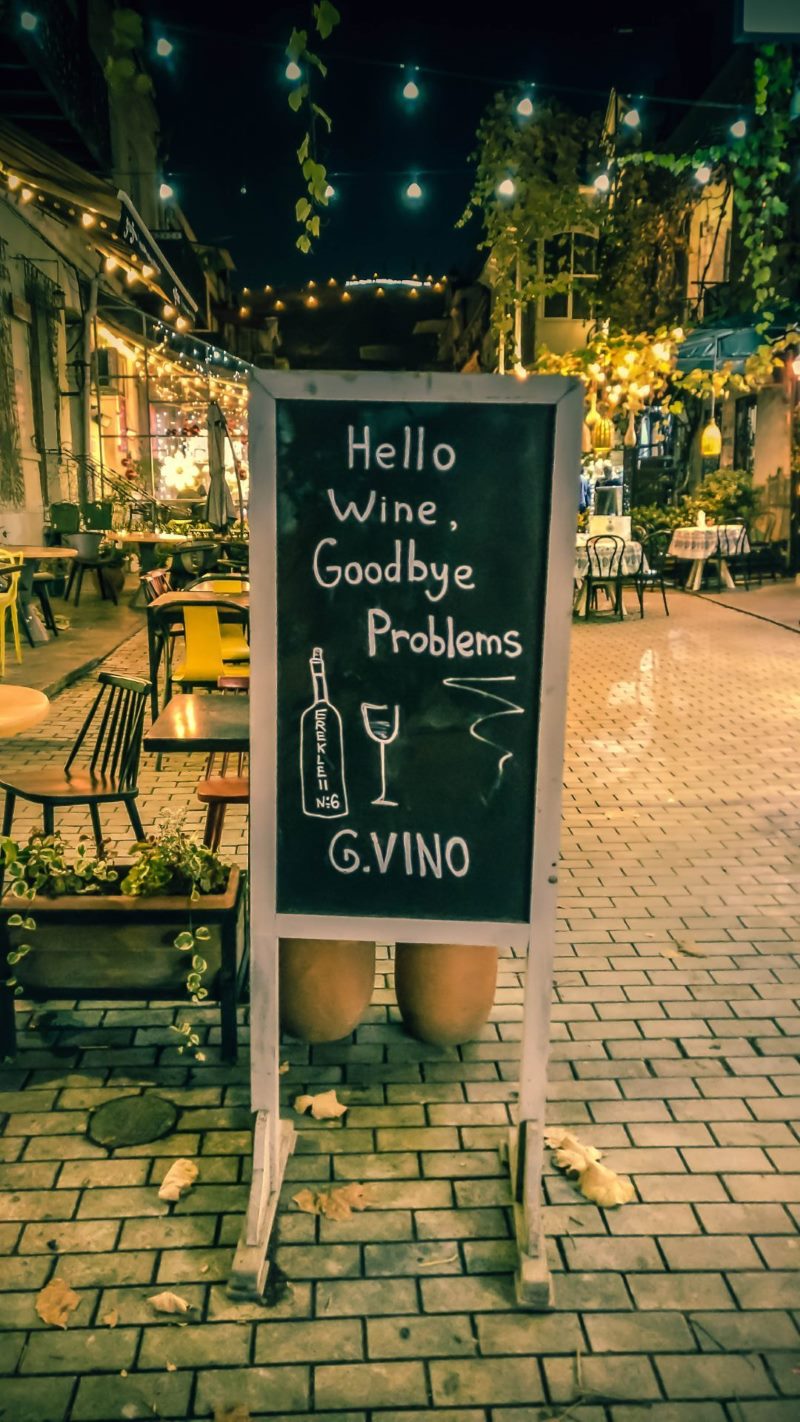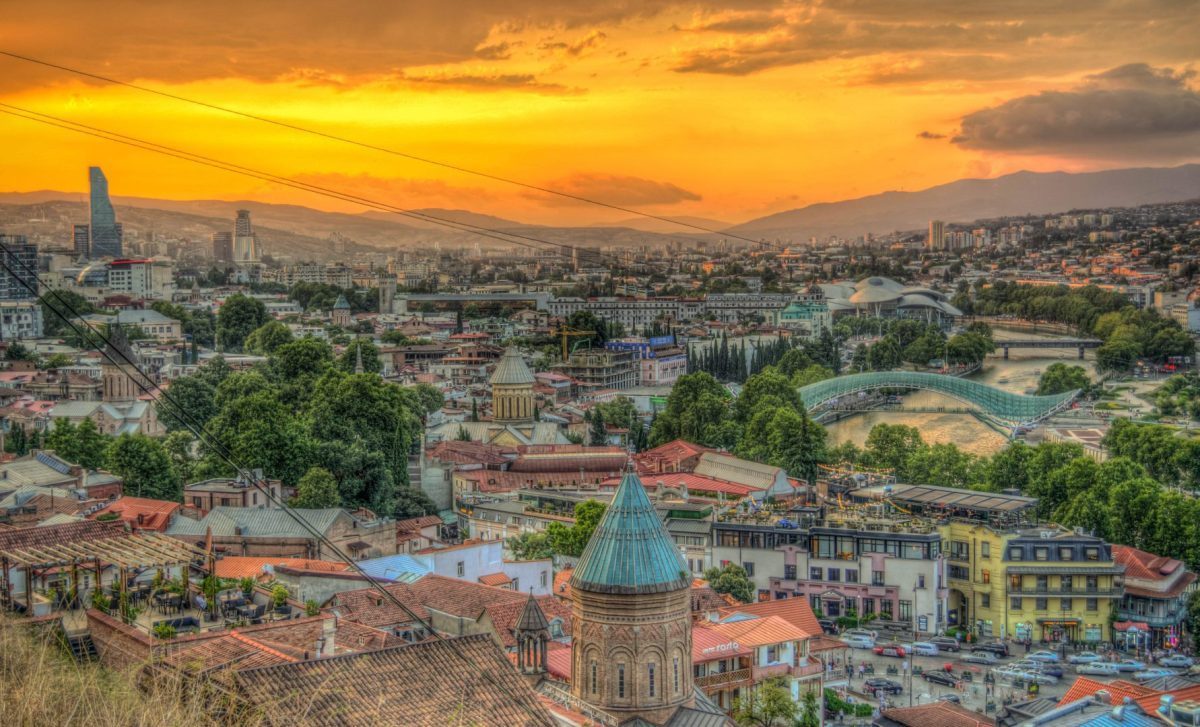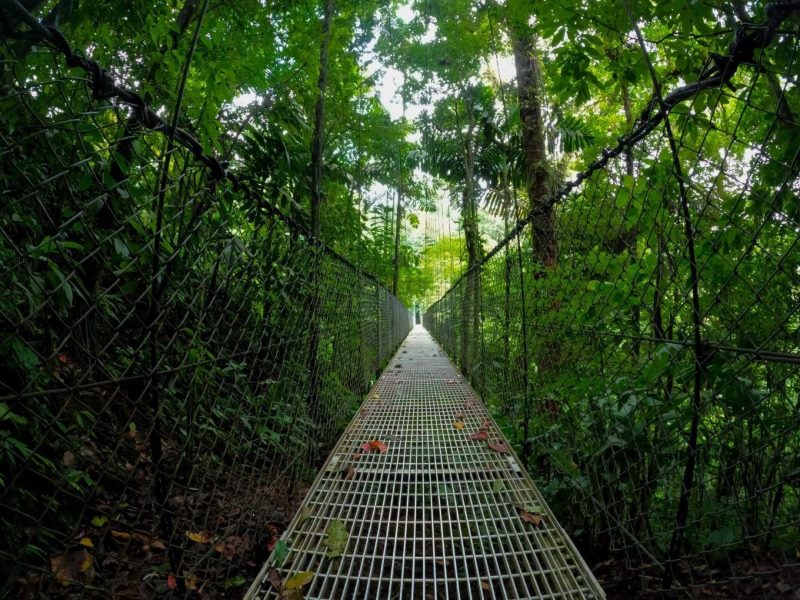How to Plan Your Mtskheta, Uplistsikhe, Gori Day Trip in Tbilisi
Looking for a day trip from Tbilisi that will take you back in time? Look no further than the Mtskheta, Uplistsikhe, Gori day trip. This tour, organized by a third-party company, takes you through some of the key historical sites of central Georgia, focusing on three different eras: the pagan period, the Christian period, and the Soviet period. In this blog post, we’ll tell you everything you need to know to plan your tour.Experience
On this full-day tour, you’ll explore the old capital of Georgia, Mtskheta, and the Svetitskhoveli Cathedral, take in panoramic views from the Jvari Monastery built in the 6th century, explore the ruins of the ancient rock-hewn town of Uplistsikhe, visit Gori and the Soviet museum dedicated to Stalin, and see the Chronicle of Georgia, also known as the Georgian Stonehenge. Here’s everything you need to know to get the most out of your tour.Highlights
Before we dive into the details, let’s take a quick look at some of the highlights of the tour: – Explore the ancient rock-hewn town of Uplistsikhe – Visit the Soviet museum dedicated to Stalin in Gori – see the Chronicle of Georgia, also known as the Georgian Stonehenge – Take in panoramic views from the Jvari Monastery built in the 6th centuryThe Tour
The tour begins with pickup from your hotel in Tbilisi. From there, you’ll head to your first stop, the cave town of Uplistsikhe. This incredible site has caves and tunnels that create a marvelous structure of natural architecture, giving you a glimpse of how people lived in ancient times. You’ll also see remnants of its ancient pagan culture, including the remains of temples, living quarters, and a theater. Once you’ve explored Uplistsikhe, you’ll head to the nearby town of Gori. Here, you’ll visit the Stalin Museum, which is dedicated to the life of Joseph Stalin, who was born in Georgia. The museum is a pompous Soviet-style building that showcases Stalin’s personal items, gifts he received during his life, relevant documents, and some photos. After leaving Gori, you’ll drive for about an hour to Mtskheta, which was the ancient capital of Georgia. Here, you’ll visit the Svetitskhoveli Cathedral, which was built in the 11th century and is one of the most significant religious buildings in Georgia. Your final stop of the day will be the Jvari Monastery, which was built in the 6th century AD. This beautiful building sits on a hill with panoramic views overlooking the Mtkvari and Aragvi rivers. It’s an incredible spot to spend some time reflecting on the history and beauty of Georgia.Booking Your Tour
If you’re interested in booking the Mtskheta, Uplistsikhe, Gori day trip, simply follow this link to book your tour: book the tour here. Following the link above, you can see the different options available, depending on your travel style and preferences.Book Your Tour Now
The Mtskheta, Uplistsikhe, Gori day trip is an incredible way to explore the key historical sites of central Georgia. With stops at ancient cave towns, Soviet museums, and beautiful religious buildings, it’s an ideal tour for anyone interested in history, culture, and architecture. Book your tour today and get ready to step back in time.
Frequently Asked Questions about Tbilisi
Tbilisi is a beautiful city located in Georgia that has a lot to offer to its visitors. Being a popular tourist destination, it’s common for visitors to have questions before visiting Tbilisi. Below are some frequently asked questions, along with their answers.
1. What currency is used in Tbilisi?
The official currency of Georgia is Georgian Lari (GEL). It is suggested that visitors exchange their currency for GEL upon arrival in Tbilisi. You can exchange your currency at hotels, banks, or exchange offices. ATMs are also readily available in the city.
2. What is the best time to visit Tbilisi?
The best time to visit Tbilisi is from May to October when the weather is warm and pleasant. However, the city can be visited all year round. In winter, the weather can be quite chilly, but it’s a perfect time to visit for winter festivities and skiing in the nearby mountain areas.
3. What are the top attractions to see in Tbilisi?
Tbilisi has plenty of tourist spots to visit including Old Town, Narikala Fortress, Dry Bridge Flea Market, the sulfur baths, and Rustaveli Avenue. The city is also famous for its wine, so attending a wine tour & tasting is a must-do activity.
4. Is Tbilisi a safe city for tourists?
Tbilisi is considered one of the safest cities in Europe for tourists. However, tourists should always take basic safety precautions such as not leaving their belongings unattended, avoiding isolated areas at night, and being aware of pick-pocketing in crowded areas. It is also suggested to only travel with licensed taxi services and have some knowledge of the local language or take a guide with you.
5. How can tourists get around in Tbilisi?
Tourists can get around in Tbilisi by using the metro, buses, or taxis. The metro system is cheap and efficient, with a flat fare of 0.5 GEL per ride. The buses are also economical but can be slow due to traffic. Taxis can be flagged down on the street, or through ride-hailing apps. The prices for taxis are reasonable in Tbilisi.
6. What is the nightlife like in Tbilisi?
Tbilisi has a lively nightlife with loads of clubs, bars, and pubs to choose from. The best nightlife areas in Tbilisi are Kazbegi Avenue, Shardeni Street, and Rustaveli Avenue. These areas have a variety of options, from live music to clubbing. Drinking in public places is not allowed in Georgia, and smoking is banned in public places also, but most bars have designated smoking areas.
7. What is the food like in Tbilisi?
Georgian cuisine is quite famous worldwide for its unique and delicious taste. Local dishes you should try include Khinkali (Georgian dumplings), Khachapuri (cheese-filled bread), Mtsvadi (Georgian kebab), Chakhokhbili (chicken stew), and Lobio (Georgian-style bean stew). Georgian wine is also renowned and highly recommended.
8. Are there any customs and cultural things to keep in mind while in Tbilisi?
Georgians are known for their hospitality and respect for their guests, and visitors are expected to follow the local customs. It is customary to remove shoes when entering someone’s home or certain religious places. Dress modestly when visiting churches, and avoid talking about sensitive topics such as politics and religion as it may cause offense. Georgian people are very proud of their culture, so it’s respectful to acknowledge and appreciate it.
9. What is the language spoken in Tbilisi?
Georgian is the official language of Georgia and is spoken in Tbilisi. However, most people in Tbilisi can speak basic to fluent English, making it easy to communicate with locals. Russian is also still commonly used for communication, especially among the older generation. Learning some basic Georgian phrases such as “gamarjoba” (hello), “madloba” (thank you), and “sakartvelo” (Georgia) can go a long way in showing respect for the local language and culture.
10. Is it necessary to tip in Tbilisi?
Tipping is not a common practice in Georgia, though it has been adopted in a few places. It is customary to round up the amount in taxi fares, but no need to tip at restaurants or cafes unless you had exceptional service or want to leave a little extra. However, tipping your tour guides, and hotel staff is appreciated and considered polite.
Book Your Tour Now
Tbilisi is a beautiful city that boasts a rich cultural history and plenty of tourist attractions. By considering the above Frequently Asked Questions, foreign visitors can prepare themselves better for their Tbilisi visit. While Tbilisi is a safe city, tourists should be aware of basic safety precautions to ensure a secure visit. Georgian people are known for their hospitality, and tourists should respect the local customs and traditions.

How to Spend Your Time as a Tourist in Tbilisi
Tbilisi, the capital city of Georgia, is a perfect destination for tourists seeking new experiences. This charming city has a lot to offer to visitors, including historical sites, scenic views, and cultural experiences. If you plan to visit Tbilisi, this guide will help you make the most of your time in the city.1. Discover Tbilisi’s Old Town
The Old Town of Tbilisi is a must-visit for anyone exploring the city. Here, you’ll find cobbled streets, colorful houses adorned with wooden balconies, and stunning views of the city. Make sure to visit the Narikala Fortress, a medieval fortress overlooking the city, and the Sioni Cathedral, a 6th-century Georgian Orthodox Church located in the historic district. You can also walk along the Kura River and enjoy the stunning views of the old town.2. Explore Tbilisi’s Museums and Art Galleries
If you are interested in history and art, Tbilisi has some impressive museums and art galleries to explore. The Georgian National Museum, located in the heart of the city, has various exhibitions representing the country’s history and culture. If you’re into contemporary art, check out the Georgian Museum of Fine Arts or explore the Zurab Tsereteli Museum of Modern Art.3. Relax in Tbilisi’s Sulphur Baths
Tbilisi’s Sulphur Baths are famous for their healing properties and are a perfect way to relax after a busy day of sightseeing. The baths are located in the Abanotubani district and have been attracting visitors for centuries. You can choose from various bathhouses, including the Royal Baths, Gulo’s Thermal Spa, and the Orbeliani Bathhouse.4. Taste Georgian Cuisine
Georgian cuisine is a must-try for all visitors to Tbilisi. Make sure to visit traditional Georgian restaurants and try some of the unique dishes, such as Khinkali (dumplings filled with meat, cheese or mushrooms), Khachapuri (cheese-filled bread), and Satsivi (chicken in walnut sauce). Georgian wine is also worth trying, especially the famous red wine, Saperavi.5. Take a Cable Car Ride to Mtatsminda Park
For the best views of Tbilisi, take a cable car ride to Mtatsminda Park. The park is located on top of Mount Mtatsminda and offers stunning panoramic views of the city. You can also enjoy various rides, games, and food stalls at the park.6. Visit Tbilisi’s Modern Architecture
Tbilisi has a mix of old and new architecture, and it’s worth exploring the city’s modern buildings as well. The Bridge of Peace, a pedestrian bridge over the Kura River, is a notable example of modern architecture in Tbilisi. Other buildings worth visiting include the Bank of Georgia Headquarters and the Tbilisi Public Service Hall.7. Witness the Dancing Fountains at Rike Park
Rike Park is a modern park located in the city center and adjacent to the Mtkvari River. The park is a perfect place to relax and enjoy the views of the city, especially during the evening when the Dancing Fountains are at their best. The fountains dance to music and create a mesmerizing display of lights and water.8. Shop at Tbilisi’s Flea Market
If you are looking for unique souvenirs or gifts, visit the Dry Bridge Market. The market is located near the Old Town and is a vast flea market with a variety of items, including antique furniture, vintage clothes, jewelry, and artwork.Book Your Tour Now
Tbilisi is a vibrant city with many things to see and do. Whether you are interested in history, art, or food, Tbilisi has something for everyone. Use this guide to make the most of your time in the city and experience all that Tbilisi has to offer.Table of Contents

